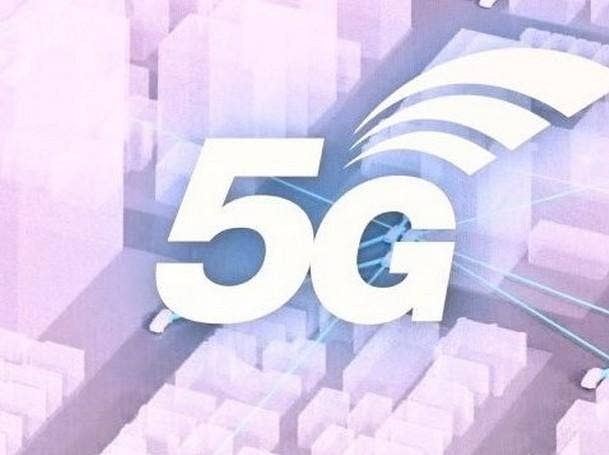Emerging Telecom Trends To Watch In 2024
Major trends such as 5G, automation and edge computing have shaken up the once consistent and predictable telecom industry. Here are the big trends to watch for in the telecommunications space this year.

The biggest telecom service providers in the country have spent the last several years racing to aggressively build out their 5G networks to be competitive as more consumers and businesses seek out faster, high-performing connectivity. But it’s not just the telecom giants that are at the forefront of emerging technology. Many startups have popped up that specialize in hot new connectivity options, like private networking and edge computing, and even telecom-adjacent offerings, such as secure access service edge (SASE).
Channel partners and their end customers are both focused on digital transformation thanks to trends like hybrid work. IT infrastructure and the connectivity it relies on has never looked so diverse with end users joining the enterprise network from home, the road, or in the office. As a result, the once consistent telecommunications sector, the backbone of everything IT, has been significantly impacted over the last few years.
From 5G and edge computing to automation and SASE, here are the top telecom trends impacting the industry to watch for in 2024.

5G
Predictability, one of the most prominent telecom trends in recent years that will be even bigger in 2024 is 5G as service providers continue to build out their 5G network footprints and manufacturers bring to market more 5G-capable devices. 5G, compared to its predecessor technologies, offers blazingly fast internet speeds and less latency, and both consumers and business users alike have become familiar with the performance that can be expected from 5G technology.
U.S. wireless giant T-Mobile, based in Bellevue, Washington, has the largest 5G footprint of the carriers in the United States with 5G coverage across 53.79 percent of the country. Dallas-based AT&T follows with 29.52 percent of the U.S. covered in 5G, and Basking Ridge, N.J.-based Verizon is in third place with 12.77 percent of the country on its 5G footprint, according to a report published in December from services-related search engine site WhistleOut.com that compares phone and internet companies.

Automation
Automation is the name of the game for enterprises as these companies try to go more with less and navigate larger industry trends, such as the IT skills gap. Luckily, many of the largest networking vendors and telecom service providers have taken notice and have gone through steps to inject more automation into their offerings to take work off of the plates of IT teams, and to boost performance of their own offerings and networks.
In 2024, automation will likely lean on AI and machine learning (ML) technology. However, this process will need to be done securely, as uncertainty surrounding AI in specific markets is a concern for some businesses.

Edge Computing
Alongside 5G, the demand for edge computing has grown significantly since 2020 when the COVID-19 pandemic caused a massive shift in networking requirements as companies needed to do business in new ways. AI will be increasingly used at the edge, especially as the rise of private 5G networks powers new use cases, such as remote inspection, monitoring, and employee safety.
There is expected to be 17.08 billion connected devices in 2024, compared to 15.14 billion in 2023, according to predictions from Statista, a market and consumer data company.

Private Networking
One trend that has become increasingly interesting to enterprises is the creation of private networks. A private network can help businesses meet strict security regulations and requirements, and it can also help companies accommodate bandwidth-intensive applications or AI-based applications that may be sensitive to latency issues.
At the same time, enterprise private networking could spur more investment in edge computing. Some service providers, with the help of their channel partners, are starting to bundle private network connectivity with edge computing solutions.

SASE
SASE, which refers to the combination of SD-WAN and security, has become an important enterprise networking technology as businesses operate in a distributed or hybrid manner. Many of the largest networking and security vendors have realized how critical SASE, and the combination of networking and security is in the past couple of years and have come to the table with a SASE strategy. This is a pattern that will continue to play out among the networking and security incumbents, as well as the standalone SASE specialists that are continuing to develop their own platforms.
According to technology research firm Gartner, the SASE market grew 35 percent in 2023 to about $9 billion. The research firm expects the SASE market to grow at an average annual rate (CAGR) of more than 30 percent through 2027.